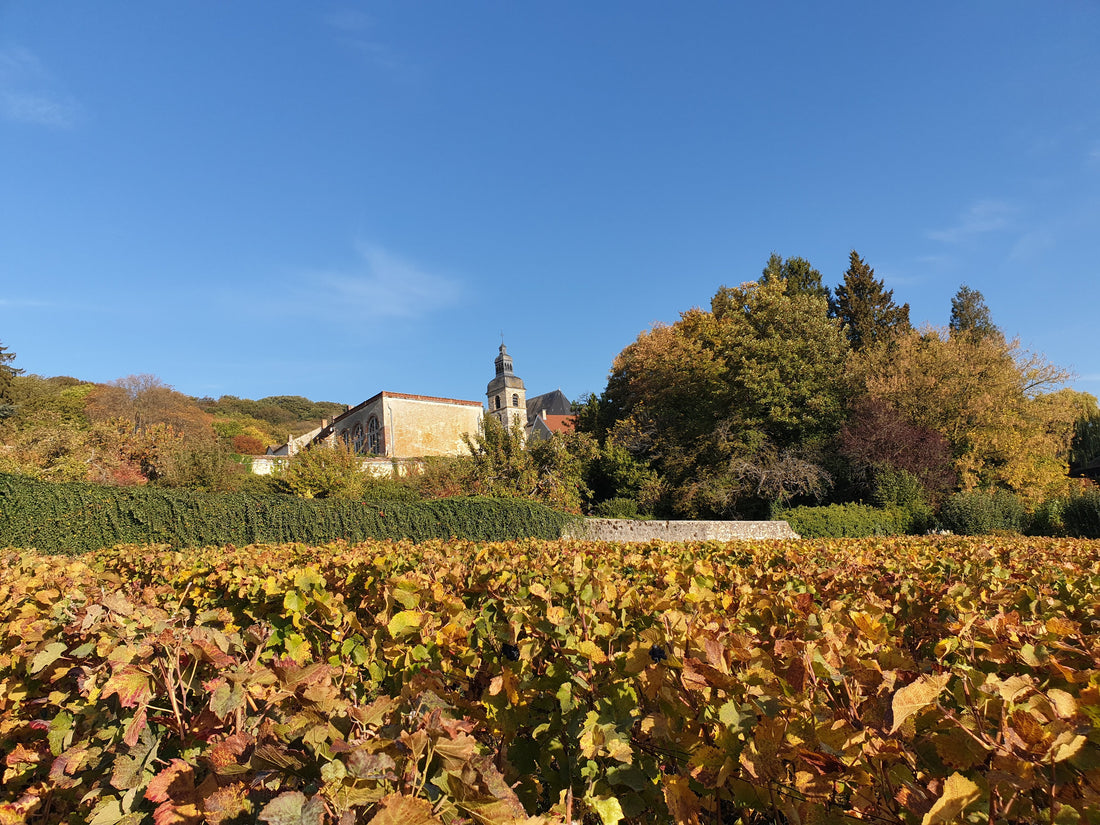
What does Grand Cru and Premier Cru mean in Champagne?
You may have seen the term ‘Grand Cru’ or ‘Premier Cru’ on Champagne bottles you have purchased. These terms refer to the status and location of the villages the grapes have come from which makes the wine. The term ‘Cru’ is used in France to describe a vineyard, group of vineyards or winemaking village. It’s literal translation is ‘growth’.
The terms Grand Cru and Premier Cru originate from the Échelle des Cru system (Ladder of Growth). This system was devised in 1920 following threats of riots from vine owners. They felt undervalued and unfairly treated with the demands of extremely low prices for their grapes from the larger houses. To create a more robust and fair economical system, the growers and producers eventually agreed to work together and the Échelle des Crus was born.
Originally used as a pricing structure to determine the cost of grapes from each village, the rankings were based on terroir, quality of fruits, slope positioning, soil make-up and other factors.
Today the system isn’t used as strictly, when it comes to pricing, as there is a much better relationship between growers and houses. However, the classification is still used to determine the historic qualities of villages and vineyards and does still denote to some of the best areas of Champagne.
The make-up of Grand Cru, Premier Cru and Autre (Other) Cru is as follows.

A bottle may only use the term ‘Grand Cru’ if 100% of the grapes used are from Grand Cru villages. A bottle labelled ‘Premier Cru’ must be 100% Premier Cru or a mix of both Grand and Premier.
The villages are also ranked on a 0-100% scale, however no Cru is ranked less than 80%. Grand Crus are 100%, Premier Cru 90-99% and Autre Cru 80-89%. The full list of Grand and Premier Cru Villages can be seen based on their percentages below. Some villages have ratings for only white or black grapes this can be seen with the respective colour grapes next to the village name.

So where are the Grand Cru Villages?
9 Grand Crus – Mailly, Verzenay, Verzy, Ambonnay, Bouzy, Louvois, Puisieulx, Sillery and Beaumont-sur-Vesle
Vallée de la Marne (Although some say these are part of the Montagne de Reims sub-region but are located closer to the Marne valley)
2 Grand Crus - Aÿ and Tours-sur-Marne
Avize, Chouilly, Cramant, Le-Mesnil-sur-Oger, Oger and Oiry
Côte des Sezanne and Côte des Bar have no Grand or Premier Cru villages.
You can read more about the sub-regions here.
So should I only drink Grand Cru labelled Champagnes then if these are the best?
Certainly not! Although these are a great indicator of the quality of the grapes, the classification is stuck in time and is a historic ranking that is no longer added to or changed. The last changes to the system took place in 1985 and that was to promote Chouilly, Le-Mesnil-sur-Oger, Oger, Oiry and Verzy to Grand Cru.
Even though on average these villages will produce better grapes, it doesn’t mean every vineyard plot will be better.
There are Premier and Autre Cru vineyards that can produce better fruits than some vineyards in Grand Cru villages. To go even deeper in to the detail of the wine is to understand the quality of the plots within these villages. This is where the beauty of Grower Champagne comes to its own. The intimacy of the wine making process makes it possible to understand the individual plots and vineyards of which your Champagne comes from.
So indeed look out for Grand Cru and Premier Cru on your bottles, but not as the only indicator of its quality. Use it to assess and understand where the grapes have come from and what you can look to expect.
The true test is to taste and understand where your wines are coming from. You can then start to understand which sub-regions and villages produce wines to your taste. This is much easier with Grower Champagnes as the villages are identified and usually single village or a blend of neighbouring villages.
Here are some of our owners favourite villages:
Cameron – Mailly, Cramant, Chaumezy, Hautvillers and Arrentieres
Naomi – Aÿ, Louvois, Prouilly, and Mardeuil
We can’t wait to help you discover your own favourite villages or hear about any you currently enjoy!


